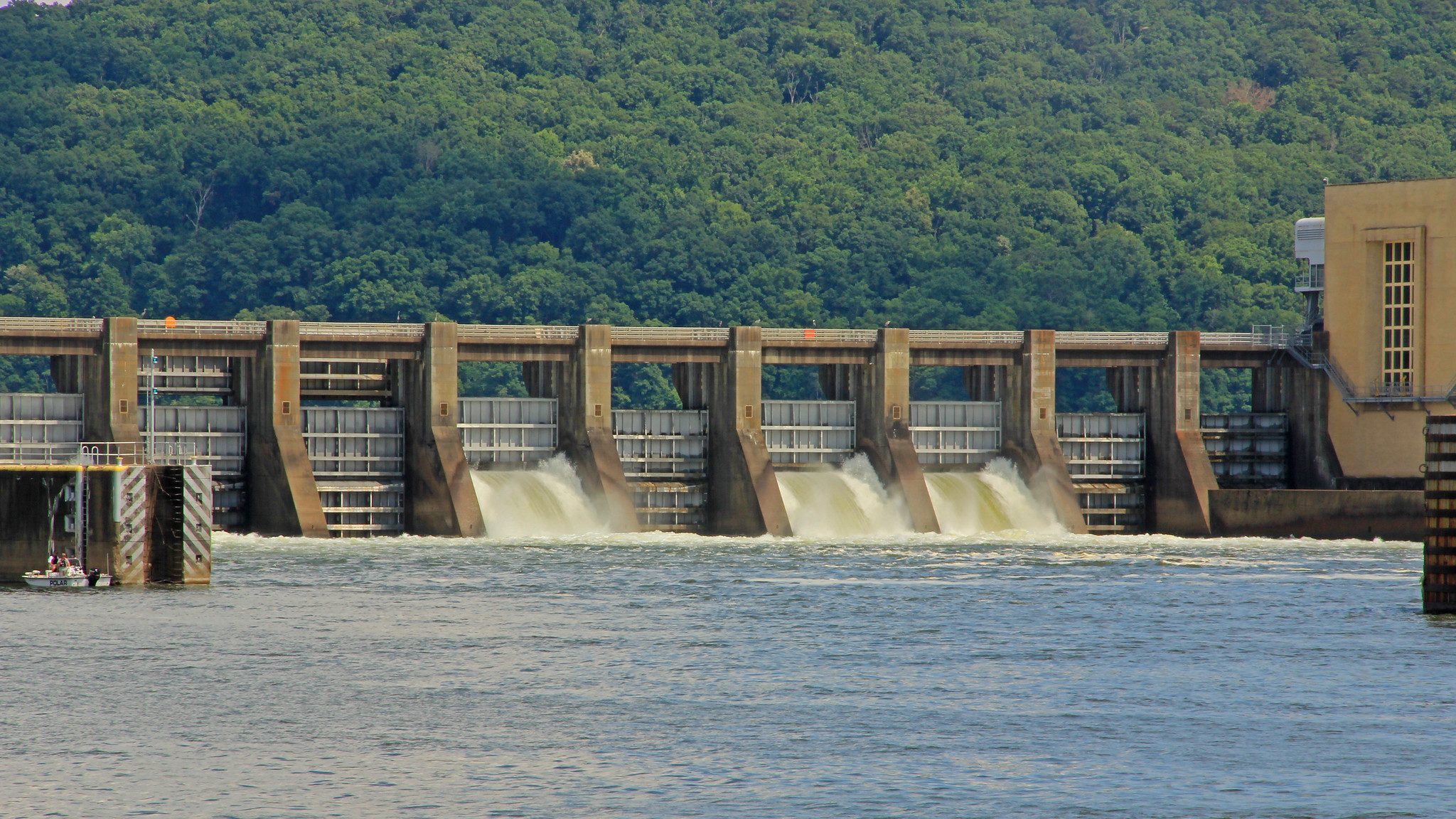Global Change Fellow Explores Interactions of Dams and Climate Change on River Flows

A new publication, Dams and Climate Interact to Alter River Flow Regimes Across the United States, authored by 2018-2019 Global Change Fellow, Dol Raj Chalise and co-authored by SE CASC Faculty Affiliate, Sankar Arumugam and Albert Ruhi was published in the AGU journal, Earth’s Future on March 14, 2021. The following research summary was written by Dol Raj Chalise.
Summary:
Take-home points:
- Dams and climate trends jointly altered river flow regimes across the United States.
- Flow alteration was particularly severe in water-stressed regions, sensitive to the flow metric being analyzed, and largely explained by dam size and purpose.
- Via regulation and associated human activities, dams ameliorated climate-induced alteration on some flow metrics, exacerbated climate impacts in other cases, or had dual effects.
The study abstract follows.
“Dams and Climate Interact to Alter River Flow Regimes Across the United States”
Authors: Dol Raj Chalise (North Carolina State University), A. Sankarasubramanian (North Carolina State University), and Albert Ruhi (University of California, Berkeley)
Published: March 14, Earth’s Future
DOI: 10.1029/2020EF001816
Abstract
Storing and managing river flows through reservoirs could dampen or increase climate-induced fluctuations in streamflow, but interactions between the effects of dams and climate are poorly understood. Here, we examined how dam properties control different facets of flow alteration across the coterminous United States (CONUS), and compared alteration trends between dam-affected and reference stream gages. We quantified departures from the natural flow regime using 730 stations with long-term daily discharge data. Dam size and purpose explained high variation in flow alteration, and alteration was particularly severe in water-stressed regions. Importantly, regulation of river flows by dams often dampened climate-driven alteration (48% of the flow metrics), particularly in watersheds with positive flow trends; while worsening climatic impacts in other cases (44%), or even having dual effects (8%). Our results show that dam and climate impacts on streamflow need to be assessed jointly, and based on a diverse range of flow regime facets (e.g., event magnitude and duration, frequency, and timing) instead of mean annual flows only. By pairing the USGS streamflow records available from upstream and downstream of 209 dams across the CONUS, we advance the notion that dams amplify flow alteration, but also ameliorate some flow alteration metrics. Understanding such potential and limitations is important in light of climate non-stationarity and a new wave of damming in developing economies, and will be key to further advancing environmental flow science into the future.
- Categories:
